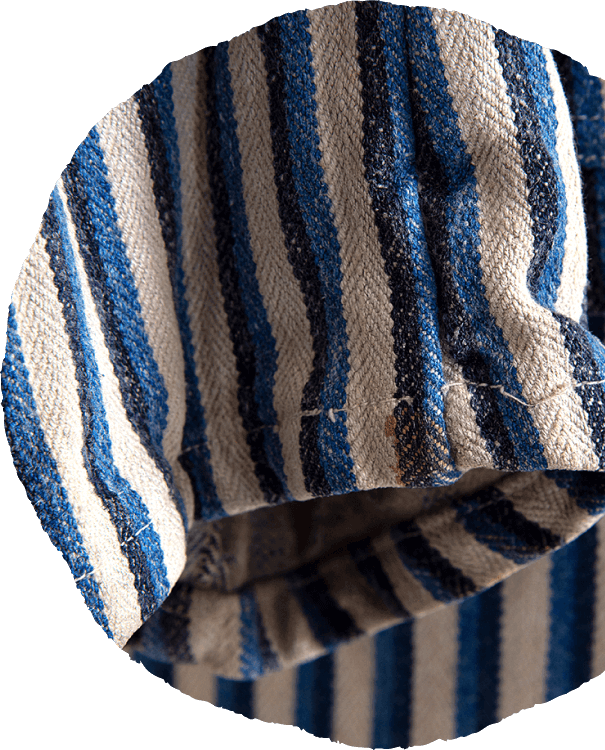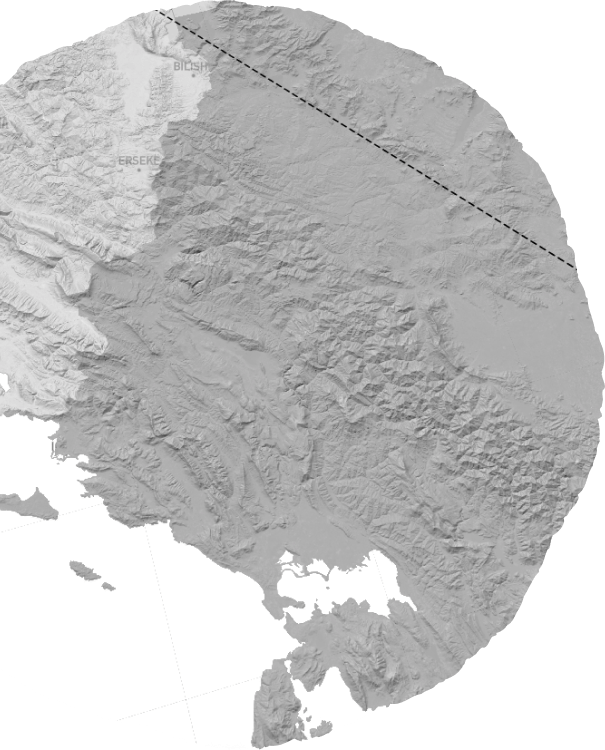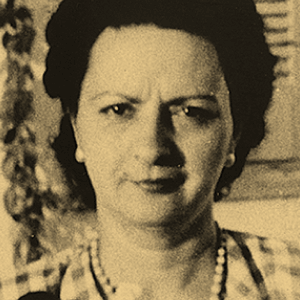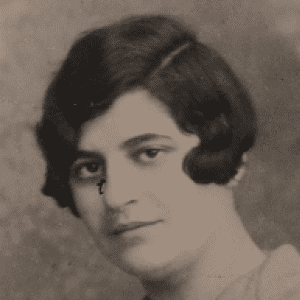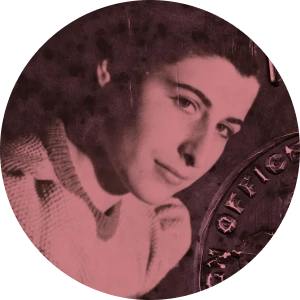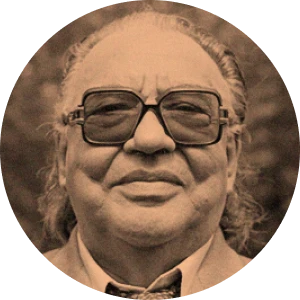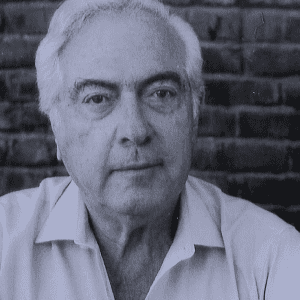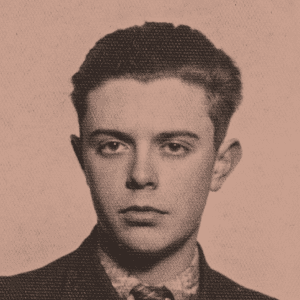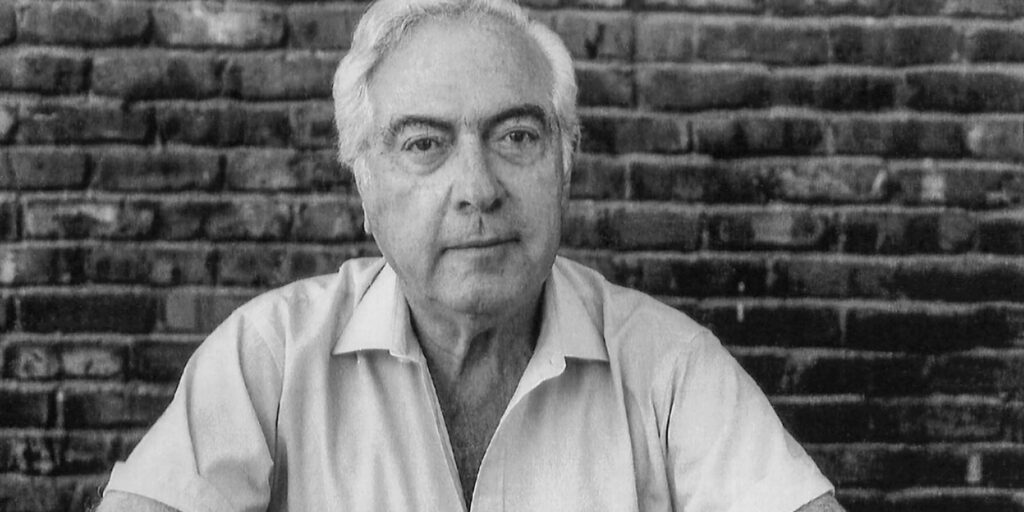
Daniel Bennahmias was born in 1923 in Thessaloniki, Greece, and lived there with his parents, Mark and Harriet. Daniel and his family all had Italian citizenship, which was obtained by his father’s family after the incorporation of Thessaloniki into the Greek state in 1912. During the period when Italy was at war with Greece (1940-1941), Italian citizens – including the Bennahmias family – were imprisoned.
They were released in spring 1941, after the Nazi invasion, and returned to Thessaloniki, before moving to Athens when deportations started in March 1943. They went into hiding after the Italian surrender in the September of the same year.
Sadly, the family were betrayed – it is unknown who by – and subsequently discovered in March 1944. They were arrested and imprisoned in Haidari concentration camp, 8km from Athens, for one month, after which they were deported to Auschwitz. Daniel’s parents were murdered upon arrival, while he was selected to become a member of the Sonderkommando – a notoriously brutal posting.
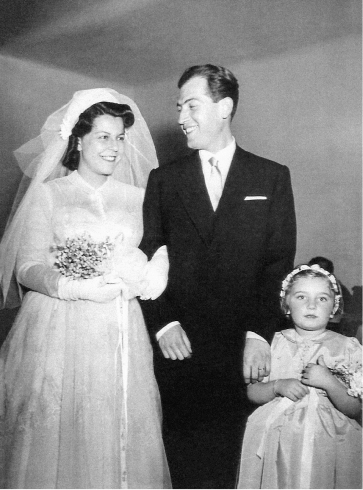
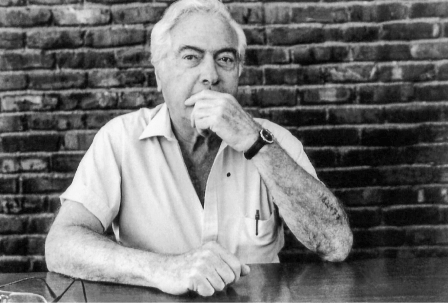
The Bennahmias family were discovered and sent to Auschwitz, where Daniel’s parents were murdered upon arrival
1923
The Sonderkommando was made up almost exclusively of young, male Jewish prisoners working in the gas chambers and crematoria. It wasn’t common for those in this role to survive. They were routinely murdered as they knew too much about the inner workings of the death camps.
Daniel was selected to become a member of the Sonderkommando, a notoriously brutal posting which involved working in the gas chambers and crematoria
1994
